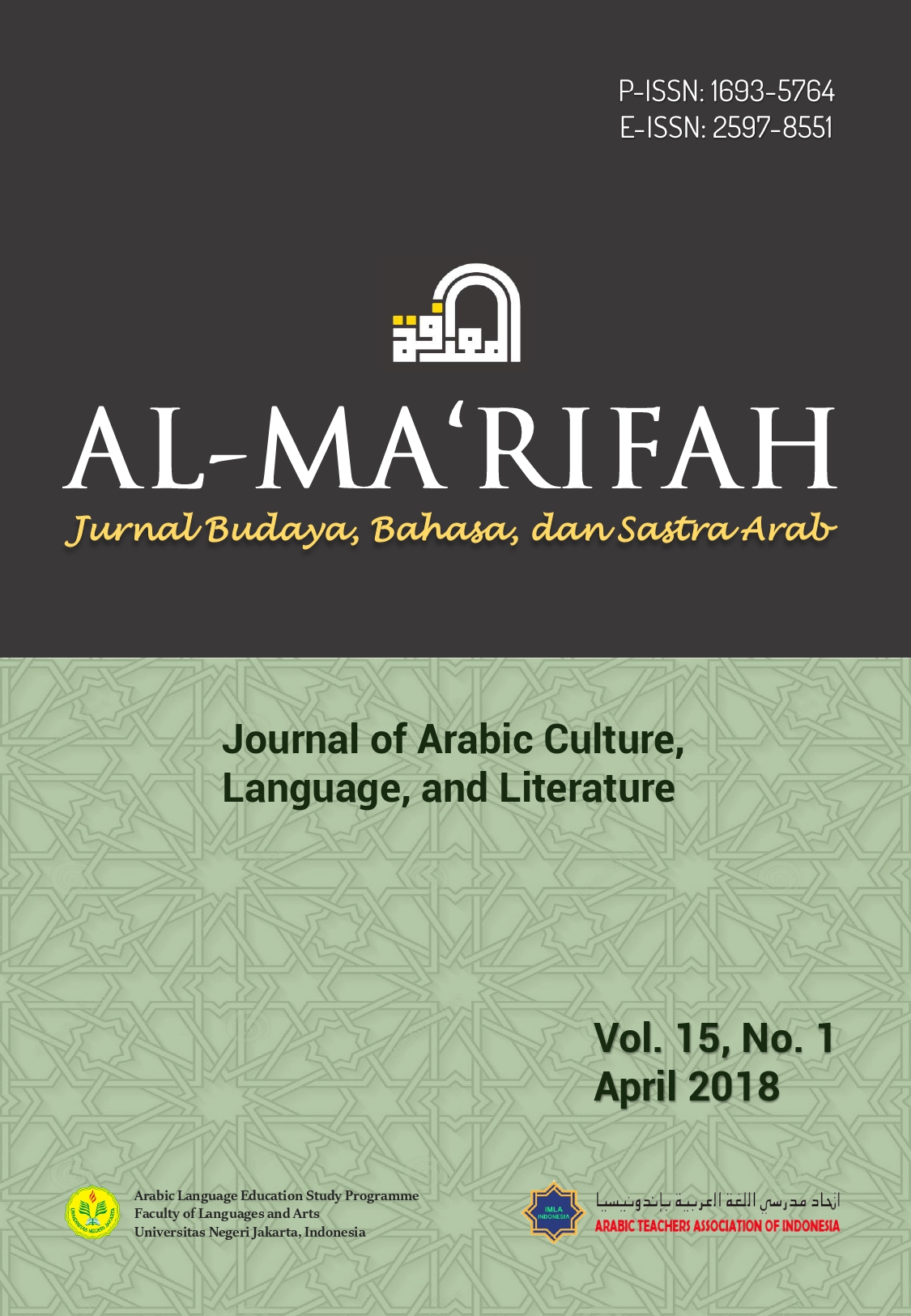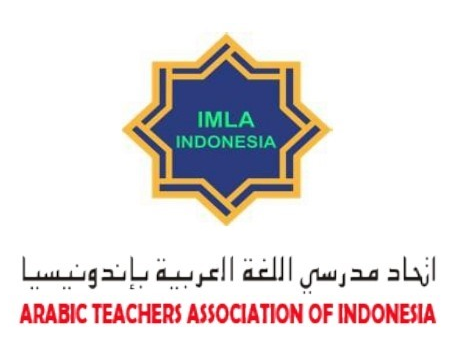Tawẓīf al-Maqāṭi‘ al-Ṣawtīyah fī Ta‘līm al-Imlā’ al-Waẓīfī: al-Hamzah al-Mutawassiṭah Numūdhajān
DOI:
https://doi.org/10.21009/almakrifah.15.01.03Keywords:
Teaching Arabic, second language, medium hamzaAbstract
The purpose of this research is to illustrate the impact of the use of clips in teaching Arabic as a second language in dictation skills, especially the writing of the medium hamza, which shows that teaching students the audio clips and mastery, and learning the base of the strongest movements in dictation helps them to master the writing of the medium hamza and facilitates The student must write the medium hamza and explain the writing in a scientific way, thus addressing the phenomenon of students weakness in spelling skills, and raising their language proficiency in the readings of the words. The researcher followed the descriptive analytical approach, between the concept of audio clips, types, how to analyze the word to its vocal passages, correct the word characters, and the application of the strongest movements, the crumb, the bundle, the slot, and what fits the movement, the crumb fits the tone, and the package fits the F The slot fits a thousand, explaining the writing of the medium Hamza according to the spelling rules. The researcher concluded with the following results: The performance of the students in the writing of the medium hamza, the increase of their spelling, and their ability to explain the writing of the middle hamza according to a scientific method based on the audio clips, and to address the weakness of students in spelling skill according to a scientific spelling theory.











